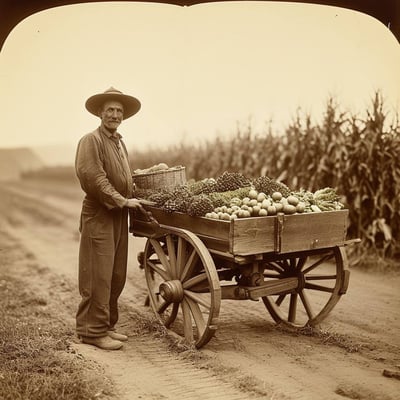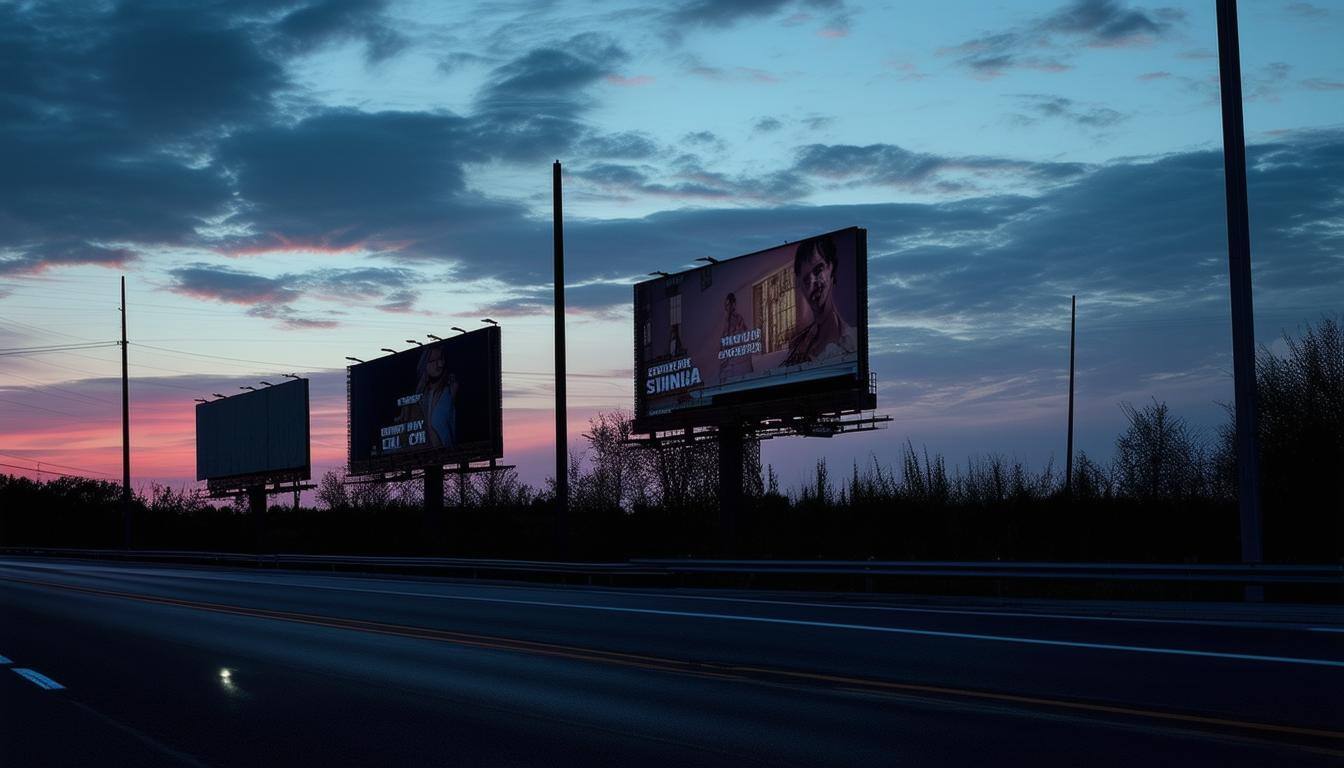Imagine the first-ever marketer, eagerly hanging out a hand-painted sign in front of their farm house, a simple slab proclaiming goods for sale to passersby. Now, fast forward a few centuries.
Marketers are no longer bound to physical signs or even physical presence at all. In a world where change is the only constant, the marketing industry has evolved at a dizzying pace, sweeping businesses along a path from chuckwagon decks to cyberspace.
How do marketers keep up? Let’s explore how marketing has become an art form in itself.
Long before the internet or even electricity, marketing was as simple as offering goods from the rear deck of a chuckwagon. Imagine a rugged farmhand, not unlike a modern-day salesman, pitching goods to townsfolk gathered around his wagon. This was marketing in its most raw, tactile form—personal, direct. And, inherently limited by geography.

As time passed, so did our means of communication. Enter radio, with its invisible waves that reached beyond the dusty trails and into our living rooms.
Listeners tuned in and marketers realized the power of storytelling. Marketers adapted to this new medium, crafting jingles and scripts that resonated with the ears and ignited the imaginations of a wide, but unseen audience.
But even the radio couldn’t hold a candle to the drama of television, which ushered in the golden age of visual advertising...features, benefits. And FOMO.
Suddenly, marketers were tasked with capturing attention through vibrant imagery and catchy narratives. It was an era where the phrase "as seen on TV" became a mark of credibility, and adapting to this visual feast meant mastering the art of visual persuasion and presentation.
As car travel replaced walks down main-street, marketing took to the open road. Billboards dotted highways, vying for the attention of motorists with bold graphics and short, catchy messages.
Billboards required marketers to distill their messages into easily communicated bite-sized pieces of creativity that could make an impact in the blink of an eye.
Then came the internet, a game-changer of epic proportions.

Marketing was catapulted into the digital world, where boundaries dissolved and possibilities multiplied.
Marketers had to learn the tech of SEO, mass-production of content marketing, and how to hold conversations in social media, constantly adapting their strategies to keep pace with evolving algorithms and consumer behaviours.
Today, we stand at the crossroads of information-rich inbound marketing and right-fit-right-now sales conversion strategies.
Inbound and conversion approaches equally require marketers to embrace data-driven strategies and to better understand human behaviour at an entirely new level.
Throughout these transformations, one thing remains clear: adaptability is not just a skill, but a necessity for modern day marketers.
It’s not enough to simply keep up with change; we must seek to anticipate it, practice it, and remain adaptable.
The next time you encounter a new marketing trend or technology, you might want to embrace it, experiment with it, and consider how the knowledge might refine your strategy.
After all, the pace of change shows no signs of slowing for us, and the most successful tend to be the marketers who are willing to evolve with it.
In closing, I invite you to reflect on your own marketing approaches. Are you ready to adapt?




